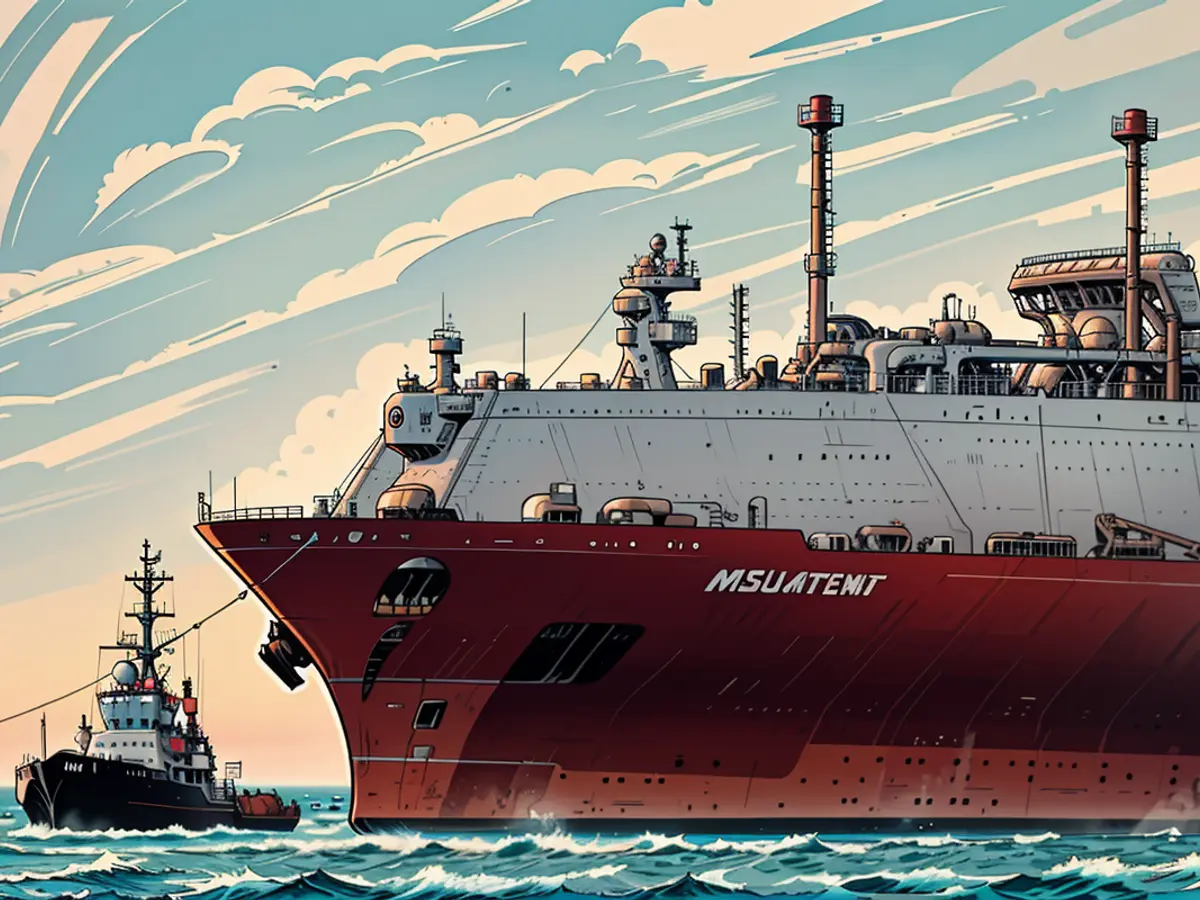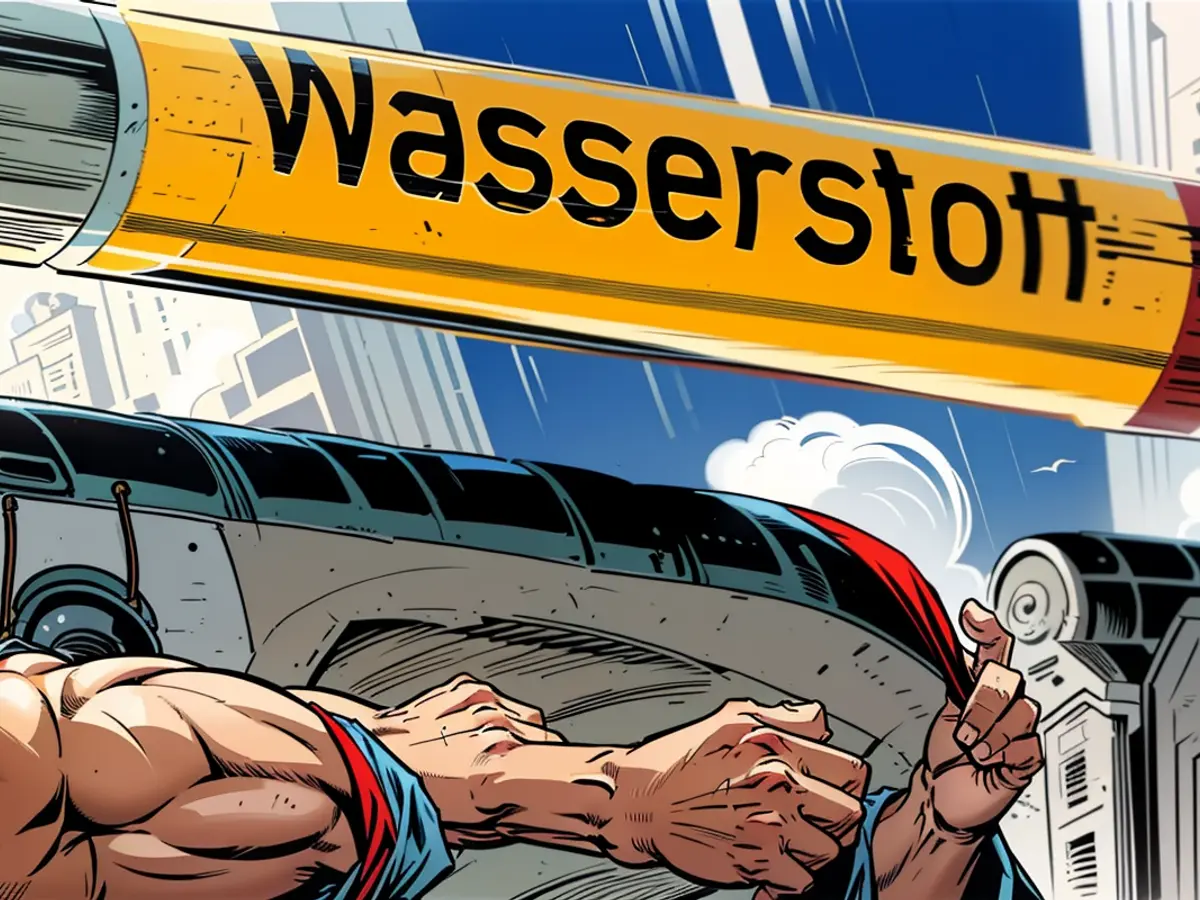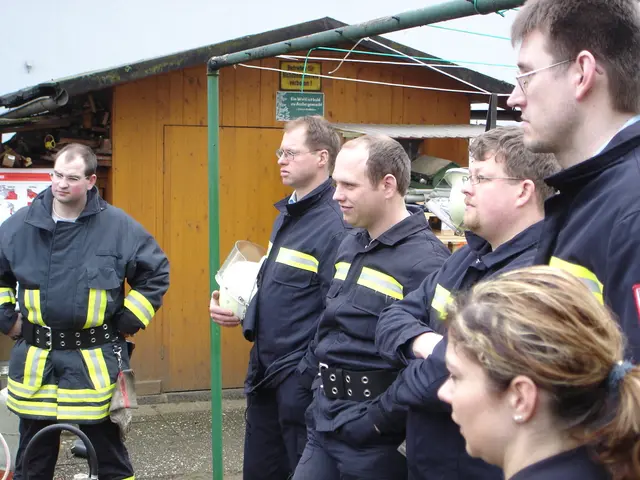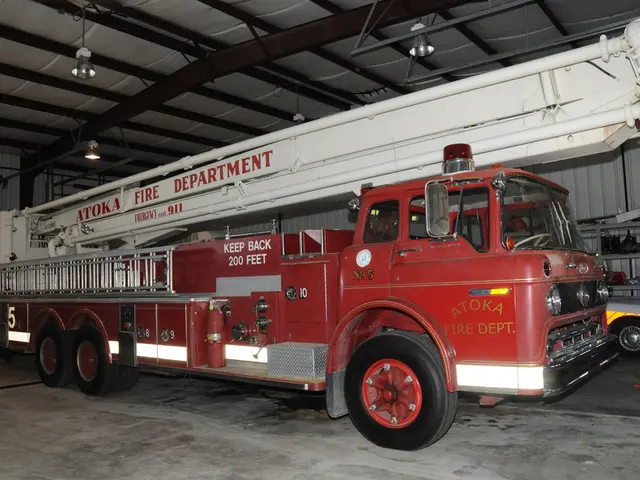The picturesque island of Rügen, nestled along the German Baltic Sea, recently played host to a colossal vessel, the "Hellas Diana." Sailing under the Maltese flag, this 300-meter behemoth had traversed from Freeport, Texas, as recorded by Marine Traffic. The delivery signified a continuation of trials at the bustling Mukran energy terminal, managed by Deutsche Regas.
This coastal hub boasts the ability to offload LNG thanks to its FSRUs, the "Energos Power" and "Neptune." Once transformed into gas, this LNG is integrated into Germany's extensive gas network, traveling along a natural gas connection line to Lubmin. Deutsche Regas aims to process an impressive 13.5 billion cubic meters of gas annually, which equates to around 15% of the nation's total gas consumption.
Germany constructed this terminal, with a focus on tourism along Rügen's Baltic coast, under the LNG Acceleration Act. However, experts have started questioning the necessity of a gas shortage, a common justification for constructing specialized gas tanker terminals. Despite the halt in gas supplies from Russia, Germany continues to receive the majority of its natural gas via pipelines, primarily from Norway, the Netherlands, and Belgium. LNG accounts for less than 10% of Germany's total gas imports, based on industry data.
Critics, such as the German Environmental Aid (DUH), have labeled the project an "expensive and unnecessary financial blow."
Mukran LNG terminal, with a capacity of 13.5 billion cubic meters (bcm) per year, plays a significant role in Germany's natural gas supply. Operated by Deutsche Regas, the terminal has two FSRUs, the Energos Power and the operational Neptune. Germany receives LNG imports via the terminal, contributing 8.5 terawatt hours to the country's total LNG imports in 2024.
The terminal's operations, however, face challenges, including pricing disputes and the reliance on short-term spot market volumes from American sources. These challenges pose difficulties for the terminal when compared to its neighbors, which generally book long-term capacity arrangements more cost-effectively.
The Mukran terminal supplies onshore grids with LNG via Gascade's new OAL pipeline. It has received approval for operations and has begun test operations, starting with the arrival of the first LNG carrier, Energos Power, a floating storage and regasification unit (FSRU).
While Mukran is operational, other terminals like Wilhelmshaven and Brunsbüttel are also utilized, with Wilhelmshaven being 80% utilized at reduced capacity and Brunsbüttel at 80% of full capacity. Germany's LNG capacity operators, including DET and Deutsche Regas, are grappling with lower demand under new market conditions, which is partly due to the reliance on spot market volumes, which are more expensive than long-term bookings. However, imports are expected to rebound in 2025 with high gas storage injections and the absence of Russian flows.
Despite facing challenges related to low market demand, competition, and environmental issues, the Mukran terminal continues to contribute to Germany’s natural gas supply. Its operational efficiency and reliance on short-term spot market volumes put it at a disadvantage compared to other terminals in neighboring countries.








